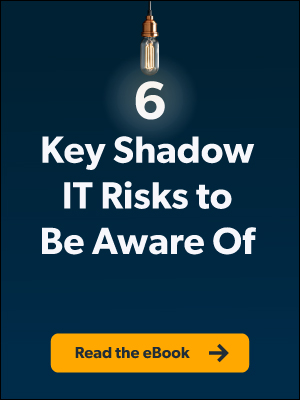This post dives into the mechanics of OAuth and JWT, exploring how these tools differ, their use cases, and how they work together in application security. By the end, you’ll understand their roles in securing web applications and APIs.
What Is OAuth?
Definition & Purpose
OAuth, or Open Authorization, is a framework that lets third-party apps access certain resources without needing your login credentials. It’s important to understand that OAuth is not an authentication protocol—it doesn’t verify your identity. Instead, it focuses on granting apps access without sharing sensitive information like passwords.
For example, when you log into a new app using your Google or Facebook account, OAuth allows the app to access specific details from these services securely.
OAuth is commonly used for Single Sign-On (SSO) and API access, making it an essential part of many modern applications.
How OAuth Works
OAuth’s flow typically involves the following steps:
- User Initiates Access: The user requests access to a service via a third-party app, such as logging into an app using Google.
- Authorization Server Generates Token: After receiving the user’s consent, the OAuth authorization server provides an access token to the app.
- Secure Resource Access: The app uses this token to retrieve the necessary resources via an API, without the user’s password.
This token eliminates the need for the app to store sensitive login credentials, enhancing both security and integration.
Real-World Use Cases
- Third-Party App Authorization: Picture connecting an app to your Google Drive to save files directly. The app doesn’t need your Google password; it only uses an OAuth token authorized by you.
- Single Sign-On (SSO): Enterprises often enable employees to log in to multiple business services (like email, file sharing, and HR tools) using one centralized login facilitated by OAuth.
What Is JWT?
Definition & Purpose
JWT, or JSON Web Token, is a lightweight, compact, and self-contained method of securely transmitting information between parties as a JSON object. Unlike OAuth, JWT itself is not an authorization framework; instead, it is used as a token format to pass information, including claims, between systems.
JWTs are commonly used in stateless authentication, where the server verifies the token’s validity, rather than relying on session states stored on the server side.
Structure of a JWT
A JWT consists of three parts, separated by dots (.):
- Header: Contains metadata about the token, such as token type (JWT) and signing algorithm (HS256, RS256).
- Payload: Includes claims such as user IDs, roles, and token expiration.
- Signature: The signature ensures the token’s integrity, using the header and payload along with a secret key.
Here’s an example of a JWT structure:
eyJhbGciOiJIUzI1NiIs… (Header)
eyJzdWIiOiIxMjM0N… (Payload)
SflKxwRJSMeKKF2QT… (Signature)
Real-World Use Cases
- API Authentication: Many APIs use JWTs for stateless user authentication. For example, a user logging into an e-commerce site would receive a JWT upon login. For each subsequent request, the client sends the token along with API calls for validation.
- Stateless Authentication: Unlike traditional session-based authentication, JWTs don’t require server-side management of session IDs. They are ideal for scaling applications.
How OAuth and JWT Work Together
OAuth 2.0 + JWT Example
OAuth 2.0 often uses JWTs as a token format for managing user access. Here’s an example of how these two work in tandem:
- A user logs into an app using Google OAuth.
- Google generates a JWT-based access token and sends it to the app.
- The app uses the JWT token to access Google APIs on behalf of the user.
This integration combines OAuth’s delegation capabilities with the compact and secure transmission benefits of JWT.
When to Use OAuth vs. JWT
The choice between OAuth and JWT depends on your specific requirements:
- Use OAuth for scenarios needing access delegation, such as enabling external applications to access your services securely.
- Use JWT for cases requiring stateless authentication, like authenticating users in a serverless API environment.
Many systems combine both tools to achieve secure, efficient authentication and authorization.
Security Considerations
OAuth Security Best Practices
- Short-Lived Tokens: Minimize token lifespan to reduce the risk of misuse from token theft.
- Scopes & Permissions: Limit access by defining specific permissions and scopes for tokens.
- Avoid Implicit Flows: Use more secure authorization grant types, such as the Authorization Code flow, to prevent token exposure.
JWT Security Best Practices
- Secure Storage: Always store JWTs in HTTP-only cookies instead of local storage to guard against XSS attacks.
- Expiration Times: Include expiration timestamps (exp claim) to ensure tokens are not valid indefinitely.
- Use Strong Signing Algorithms: Prefer algorithms like HS256 or RS256 to prevent tampering.
Deciding the Right Approach
OAuth provides a robust structure for managing access delegation workflows, while JWT offers a secure, lightweight token format for transmitting information. These tools address fundamentally different concerns but often complement one another in application security.
By understanding when to use OAuth, JWT, or both together, you can build more secure and scalable applications tailored to your organization’s needs.




